Throughout the 2020/21 NBA season, Hoops Rumors is maintaining a feature that allows you to keep an eye on the tentative 2021 draft order. Our 2020/21 Reverse Standings tool, which lists the NBA’s 30 teams from worst to first, is updated daily to reflect the outcomes of the previous night’s games.
Our Reverse Standings are essentially a reflection of what 2021’s draft order would look like with no changes to lottery position. We’ve noted each club’s odds of landing the No. 1 overall pick, based on the league’s current lottery format.
[RELATED: Hoops Rumors Glossary: Draft Lottery]
In instances where two non-playoff teams or two playoff teams have identical records, the order in our standings isn’t necessarily definitive — for draft purposes, the NBA breaks ties via random drawings, so those drawings would happen at the end of the year.
Of course, the 14 non-playoff teams all draft before the 16 playoff teams, even if some non-playoff teams have better records than those that made the postseason. Our reverse standings account for playoff seeding, though for now they assume that the Nos. 7 and 8 teams in each conference will earn those final two postseason spots. Since the NBA’s new play-in format opens the door for the Nos. 9 and 10 seeds to sneak into the postseason, we may have to account for a little movement in the draft order at season’s end.
Traded first-round picks are included via footnotes. For example, the note next to Golden State’s pick says the Warriors will send their pick to the Thunder if it’s not in the top 20. As of today, the Warriors’ pick projects to be exactly 13th, meaning the Dubs would hang onto it.
The Timberwolves are currently in the driver’s seat at the “top” of our reverse standings — their 11-36 record giving them a 2.5-game cushion on the league’s next-worst teams, the 13-33 Rockets and Pistons.
The league’s bottom three teams will all have an equal chance at the No. 1 overall pick (14.0%) and a top-four selection (52.1%), and the Wolves and Rockets are likely especially invested in claiming one of those top lottery positions. Minnesota will send its first-round pick to Golden State if it falls outside of the top three, while Houston will have to swap its pick for a lesser first-rounder (likely Miami’s) if it lands outside of the top four.
Our Reverse Standings tracker can be found at anytime on the right sidebar under “Hoops Rumors Features” on our desktop site, or on the “Features” page in our mobile menu. It’s a great resource not just for monitoring a team’s draft position, but also for keeping an eye on whether or not traded picks with protections will be changing hands in 2021. So be sure to check back often as the season progresses!
Note: Mobile users are advised to turn their phones sideways when viewing the Reverse Standings in order to see team records and lottery odds.
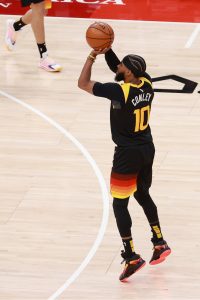 Mike Conley
Mike Conley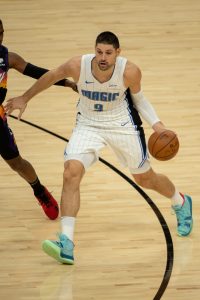 The Bulls make a surprise splash for an All-Star center (
The Bulls make a surprise splash for an All-Star center (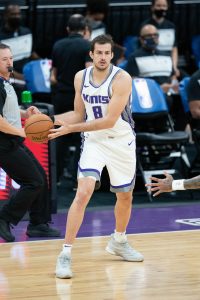
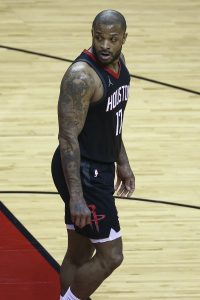
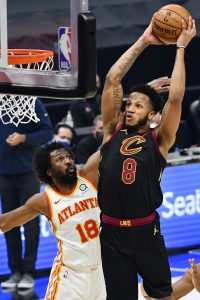
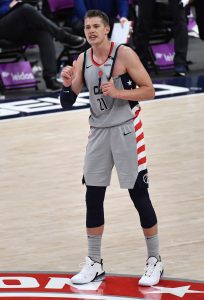 Moritz Wagner
Moritz Wagner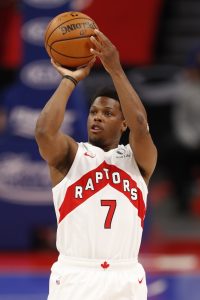
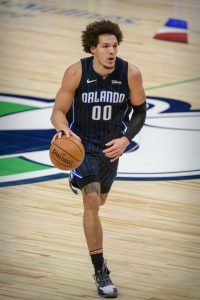
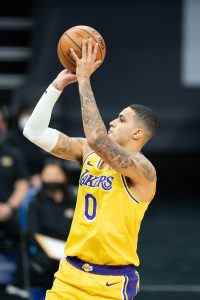 Let’s use
Let’s use